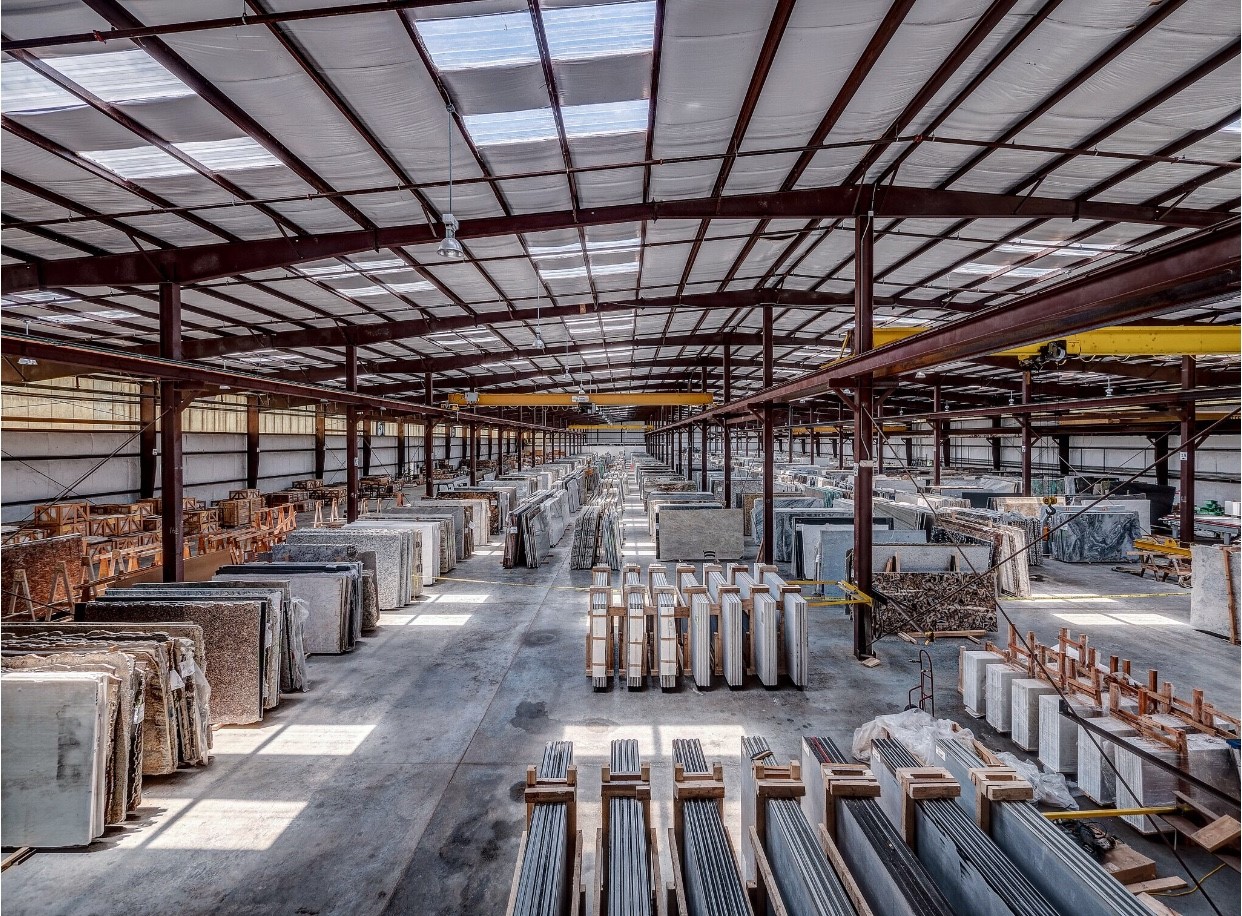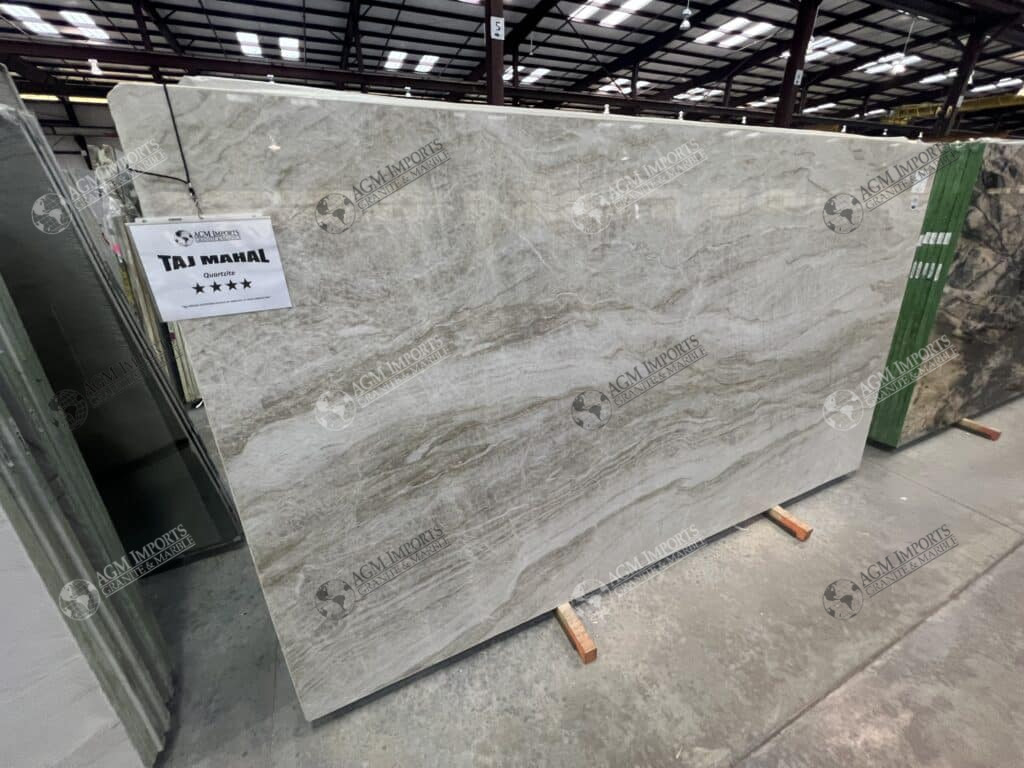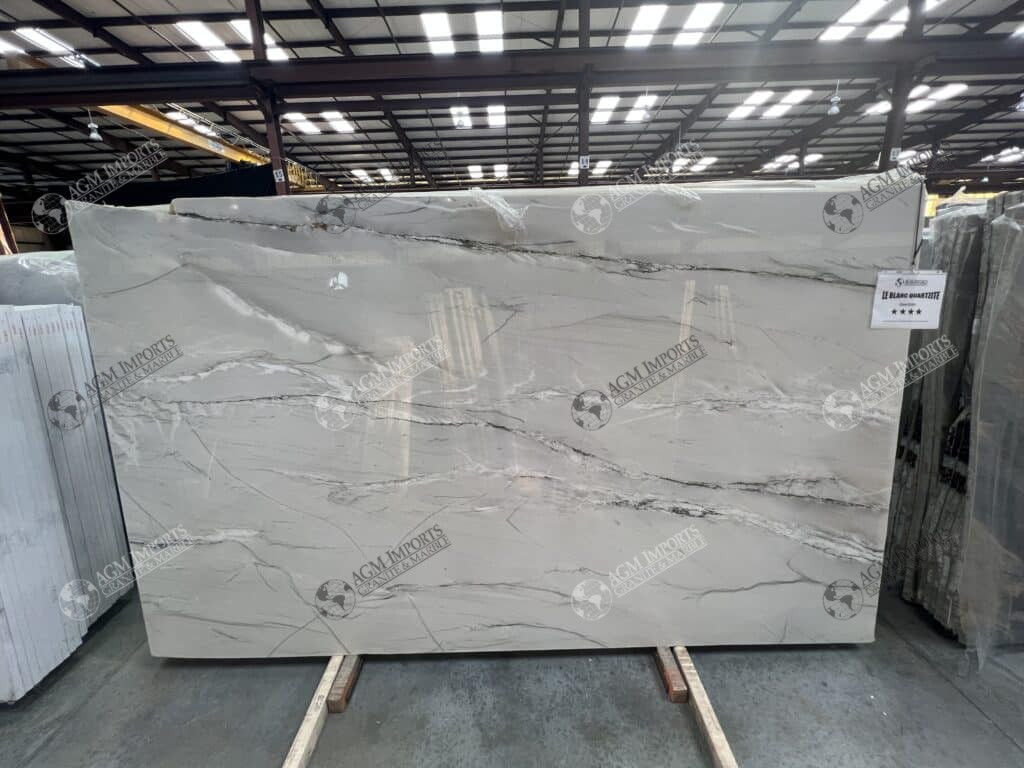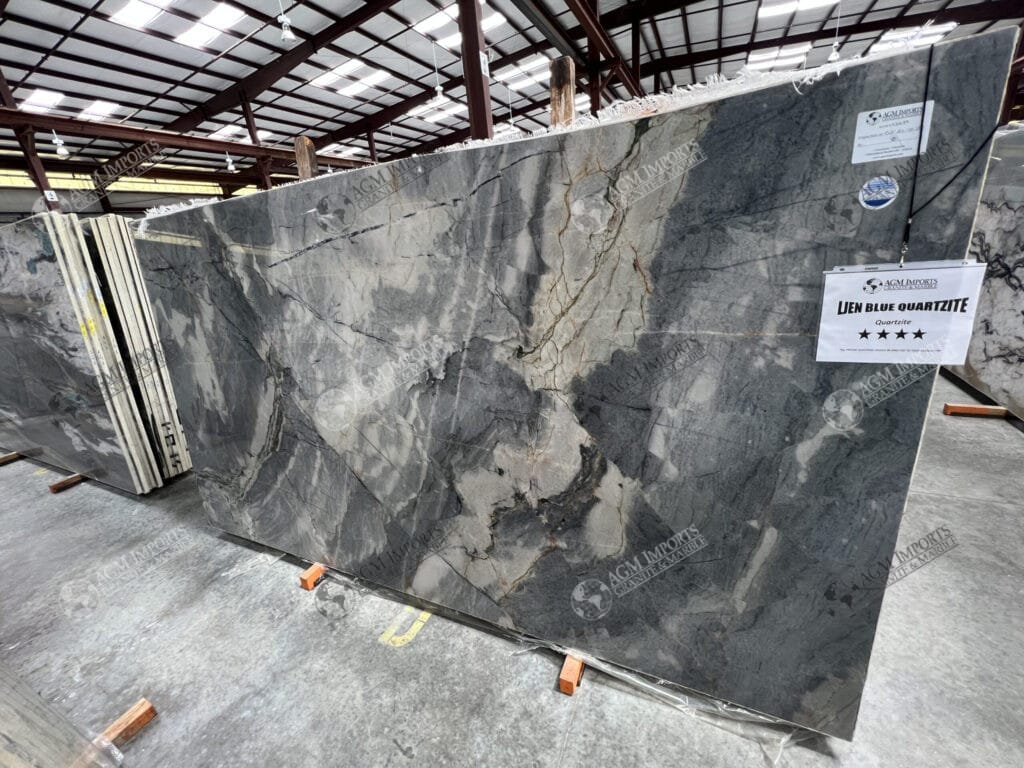
Quartzite Surfaces: Insight Before You Buy
Quartzite surfaces have been gaining popularity in recent years due to their luxurious appeal and durability. This natural stone is formed from sandstone and quartz under high pressure and heat, resulting in a hard, dense, and non-porous material that is ideal for high-traffic areas. With a range of colors and patterns to choose from, quartzite surfaces have become a favored option for homeowners seeking a beautiful and practical surface material and is leading the luxury kitchen design community.
Benefits of Quartzite Surfaces
One of the main benefits of quartzite surfaces is their durability. They are highly resistant to scratches, chips, and extreme temperatures, making them an excellent choice for high-traffic areas such as kitchens and bathrooms. Quartzite received an impressive hardness rating of 8/10 on the Mohs Hardness Test, used to measure the hardness of a material.
In addition to their durability, quartzite surfaces are also known for their beauty. They come in a wide range of colors and patterns, from subtle whites and grays to bold blues and greens. Many quartzite slabs have veining and patterns that resemble marble, making them a popular choice for homeowners who want the look of marble without the maintenance requirements. They are easy to clean and stay beautiful for many years of heavy use.



Maintenance of Quartzite Surfaces
While quartzite surfaces are very durable, they do require some maintenance to keep them
looking their best. Here are a few tips for caring for your quartzite surfaces:
- Clean up spills immediately: Quartzite surfaces are non-porous, which means that spills won’t soak into the material. However, acidic liquids such as lemon juice or vinegar can etch the surface if left to sit for too long. To avoid damage, clean up spills as soon as possible.
- Use a pH-neutral cleaner: When cleaning your quartzite surface, use a pH-neutral cleaner that is specifically designed for natural stone. Avoid using harsh chemicals or abrasive cleaners, as they can damage the surface.
- Seal the surface: While quartzite is non-porous, it is still a good idea to seal the surface to prevent staining. Your installer can recommend a sealant that is appropriate for your specific quartzite slab
Comparing Quartzite to Other Countertop Materials
Quartzite surfaces are often compared to other popular countertop materials, such as granite, marble, and quartz. Here are a few key differences:
- Granite: A granite surface is also a natural stone that is highly durable and resistant to scratches and stains. Granite has a traditional, less complex visual appeal compared to quartzite surfaces.
- Marble: Marble is a beautiful natural stone that is known for its veining and patterns. However, it is a soft and porous material that is prone to scratching and staining.
- Quartz: Quartz countertops are a popular choice for homeowners who want the look of natural stone but with the added benefit of low maintenance. Quartz is a man-made material that is highly durable and non-porous, making it easy to clean and resistant to staining.
In summary, quartzite surfaces are a great choice for homeowners who want a durable and beautiful natural stone option for their countertops or flooring. With proper maintenance, quartzite can last for many years and add value to your home. If you’re considering quartzite for your next home improvement project, be sure to work with a reputable installer who can help you select the perfect slab for your needs.

